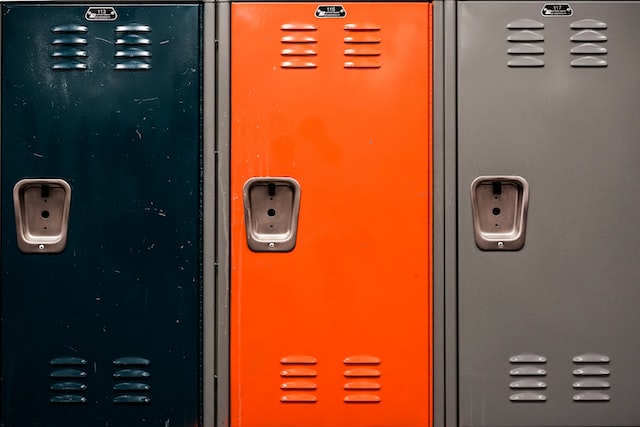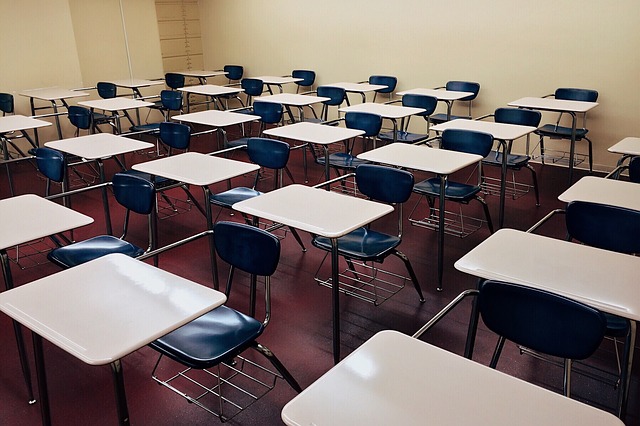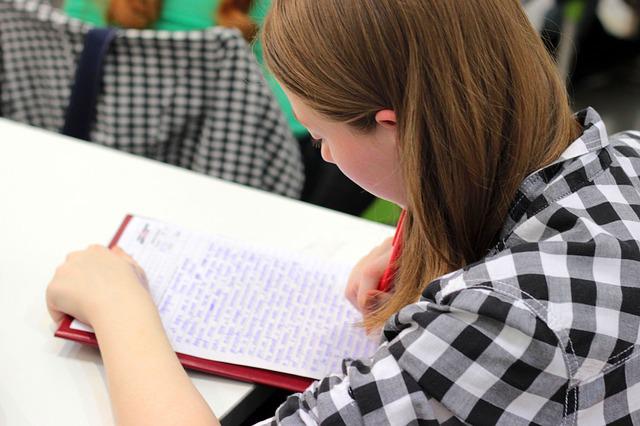Schools are a key setting for suicide prevention. Teachers, mental health providers, and all other school personnel who interact with students can play an important role in keeping them safe.
This Schools Webpage, provided by the Suicide Prevention Resource Center, addresses “Why Address Suicide Prevention?”, “How Schools Can Take Action”, and over 278 Articles Related to Schools.

Middle school is an important setting for supporting mental health and suicide prevention among youth. Bullying and cyberbullying are key risk factors to consider. A comprehensive approach to suicide prevention in this setting should include efforts targeting groups at risk, as well as general activities aimed at creating a positive and supportive school environment and promoting connectedness for all students. Training school personnel in suicide prevention and identifying school and community resources for students and families at risk are other key strategies for these settings.
Visit the Suicide Prevention Resource Center Middle School webpage

Suicide prevention programs in high school settings should use a comprehensive approach that combines multiple strategies addressing the risk and protective factors in the student population. These strategies can include protocols for educating students and parents about suicide prevention, training school personnel, identifying and helping students at risk, and responding after a suicide death. All suicide prevention programs should ensure that resources are in place to provide appropriate care to students identified as being at risk.
Visit the Suicide Prevention Resource Center High School webpage
Use “as needed” to care for your Wellness (printer-friendly version):
This Fact Sheet provides information about the specific self-care strategy of Pause-Reset-Nourish or PRN. It acknowledges the levels of stress that professionals may be experiencing and offers a way to address unwanted symptoms, promote and replenish well-being, and enhance resilience.

Over the last fifteen years, mental health problems in high school students have been dramatically increasing. In 2019, the CDC released their Youth Risk-Behavior Surveillance Data Summary & Trends Report and reported that more than one in three of the students surveyed had experienced “persistent feelings of sadness or hopelessness” which is a 40% increase from 2009. One in five students had seriously considered suicide and about 16% have a suicide plan.
With instant access to social media, insecurities, bullying, anxiety, and loneliness are at an all-time high. We have the opportunity to bring awareness to these issues in the classroom and work with our students to implement coping methods. Here are twenty activities you can introduce to your classroom.
Virtual Calming Room: Jana Marie Foundation created a virtual calming room for students, teachers, and caring adults to find tools and strategies for managing emotions and building resiliency.

This sheet for high school mental health providers includes information on recognizing and responding to suicide warning signs, resources about suicide prevention, and other information to help prevent suicide among students.
This sheet for high school teachers includes information on recognizing and responding to suicide warning signs, suicide prevention resources, and other information to help prevent suicide among students.

This confidentiality template, shared by Jennifer Hamilton, School Psychologist, can be posted outside a teacher, coach, or school counselor’s office so students understand the process and what is kept in confidence.
This second edition of After a Suicide: A Toolkit for Schools was written in 2018 by
the American Foundation for Suicide Prevention (AFSP) and the Suicide Prevention
Resource Center (SPRC), Education Development Center (EDC).

Click here for resources on child trauma, developed by The National Child Traumatic Stress Network. To find a specific topic or resource, you can enter keywords in the search box, or filter by resource type, trauma type, language, or audience.
